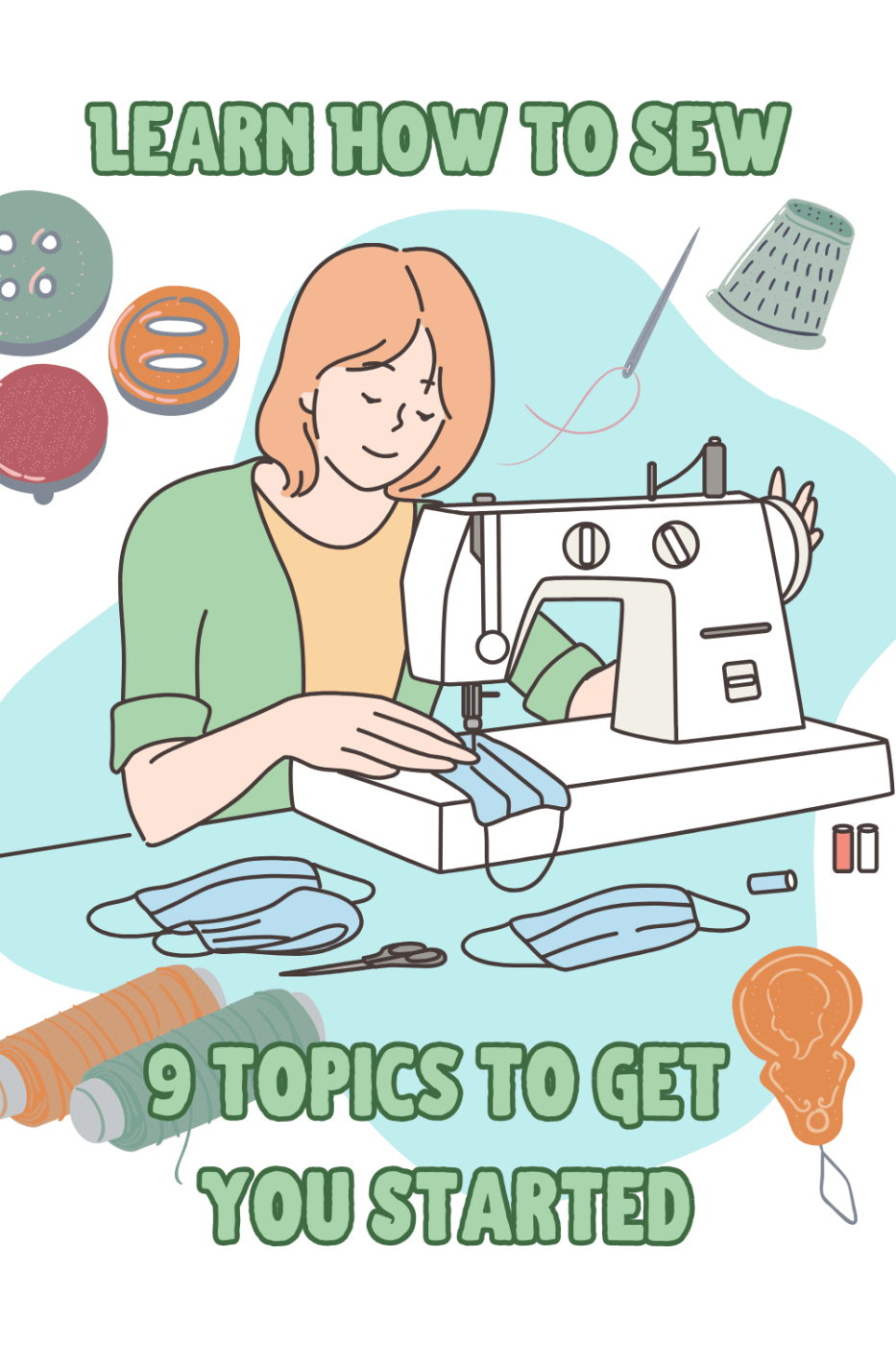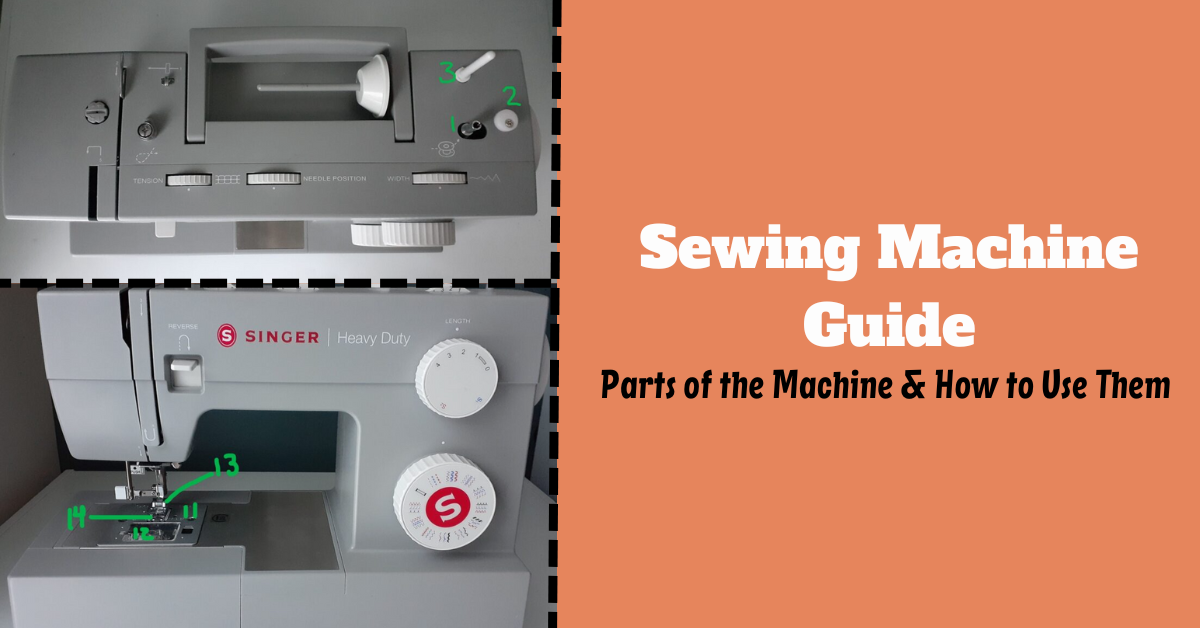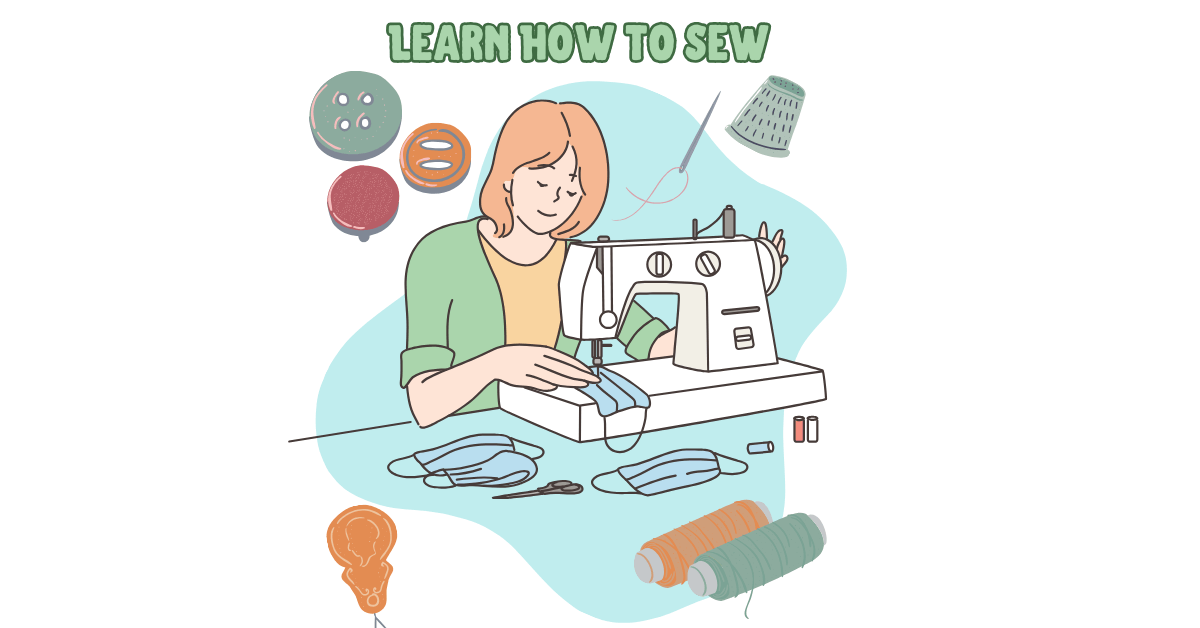
Learn How to Sew | 9 Topics to Get You Started
Learning how to sew is an invaluable skill that enables you to create personalized and unique items. If you're interested in starting or improving your skills, there are many resources available to help you get started. From mending a tear in your favorite shirt to creating a new piece of clothing from scratch, the possibilities of what you can achieve with sewing are endless.
In this blog post, we'll first cover some basic techniques and provide links to other articles that go more in-depth on specific topics. Some of the essential sewing skills include learning how to use a sewing machine, threading needles, cutting pieces of fabric, and choosing the best stitching technique for different fabrics. With practice and patience, anyone can learn how to sew and take their creativity to the next level.
How can I learn to sew?
Learning to sew can be done through various methods. You can take classes, either in-person or online, watch tutorial videos, read sewing books, or practice with simple projects. Start with basic stitches and gradually work your way up to more complex techniques as you gain confidence and experience.
Topic 1 | Supplies and Tools
When it comes to sewing, having the right supplies and tools in your sewing kit or space is essential for a successful project. Some basic supplies include needles, thread, scissors, pins, measuring tape, and a spool of thread.
Needles come in different sizes and types depending on the fabric you are working with - you may need something larger or even a double needle in certain circumstances. The thread should match the color of your fabric and be strong enough to hold your seams together. Scissors should be sharp and designated solely for fabric cutting to prevent fraying. Pins are used to hold the fabric in place while sewing and a measuring tape is necessary for accurate measurements. Additionally, having a machine can greatly speed up the process, but hand sewing is also an option. Other useful tools include a seam ripper for fixing mistakes, an iron for pressing seams, and tailor's chalk or a washable fabric marker for marking patterns or alterations. With the right supplies and tools at hand, you'll be well-equipped to tackle any project with confidence. For more info check out this article:
 |
 |
 |
Topic 2 | Stitching and Sewing Techniques
Whether you're a beginner or an experienced sewist, it's important to have a good understanding of basic techniques, including basic stitches or even more advanced stitches like a whip stitch, basting stich, or diagonal stitches. These include threading a needle, tying knots, sewing straight stitches, backstitching for reinforcement, and finishing seams with techniques like zigzag stitching or serging. Threading a needle involves passing the thread through the eye of the needle, while tying knots secure the thread in place. Sewing straight stitches is the foundation of many projects, and backstitching helps reinforce seams to prevent them from unraveling. Finishing seams with zigzag stitching or serging helps prevent fraying and adds a professional touch to your finished piece. By mastering these basic techniques, you'll be well-equipped to tackle a variety of sewing projects with confidence.
Here are a few articles to help you master sewing techniques:
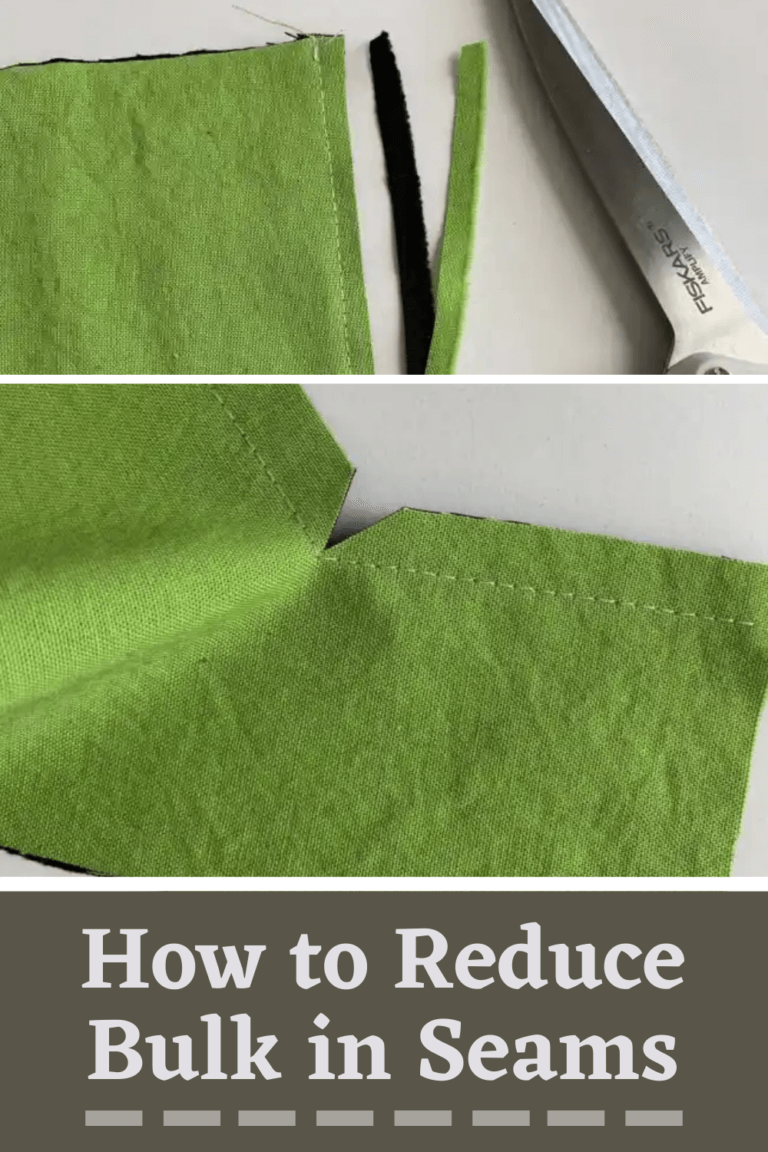 |
 |
 |
Topic 3 | Your Sewing Pattern
Understanding Sewing Patterns and Measurements
Patterns are templates that provide instructions on how to sew fabric pieces together to create a specific garment. They come in a range of sizes, and it's important to choose the right size based on your body measurements. Taking accurate body measurements is crucial for ensuring a proper fit. These measurements typically include bust, waist, hip, and inseam length. It's also important to understand pattern markings, such as notches and grainlines, which help align fabric pieces correctly during construction. By understanding sewing patterns and taking accurate measurements, you can create garments that fit well and showcase your unique style, starting with the correct pattern piece.
Which Pattern is Right for You
Choosing the right pattern can be a daunting task, especially for beginners looking for a DIY project. There are various factors to consider, such as your skill level, body shape, and personal style. Patterns come in different sizes, ranging from petite to plus-size, so it's important to select one that corresponds to your measurements. Additionally, consider the level of difficulty indicated on the pattern - beginner-friendly patterns typically have fewer steps and simpler construction techniques. It's also helpful to browse through pattern reviews online or seek advice from experienced sewers to get an idea of how well a particular pattern is drafted and if it suits your desired outcome. By taking these factors into account, you can find a pattern that is perfect for you and your goals.
Our patterns provide step-by-step guides on what you need to do. You’ll be pretty surprised at what you – even as a beginner – can create with our patterns. Check out some of our popular patterns when you get a chance. Here is a favorite:
$9.95 Mix and match all of your favorite fabrics with the Mix Tape Tee sewing pattern! Put your scraps to good use and create one of...… read moreMix Tape Tee Pattern
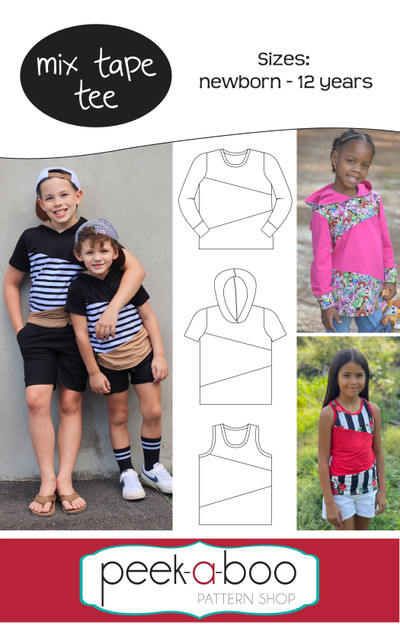
Topic 4 | Choosing Your Fabric
When it comes to choosing fabric for your project, there are several factors to consider. First and foremost, think about the purpose of the item you are making. Will it be used frequently? Is it for kids? What comfort level do you want? Lastly, don't forget about practicality - take into account factors such as care instructions and ease of cleaning when selecting your fabric. By considering these factors, you can ensure that you choose the perfect fabric for your project and achieve the desired result, down to the last inch.
You might have noticed by now but are thing here is apparel fabric - more specially knit fabric that's awesome for sewing clothing like dresses, shirts, baby clothes, various pants, and so much more. Luckily, we know that getting through all of our knit fabrics is a bit of a daunting task so we've created a Knit Fabric 101 Guide that takes readers through each type of apparel fabric, when to use them, what types of clothing they’re best suited for, etc. You’ll get some pros and cons of each fabric and find what will be best for you. So, if you're interested in learning more about knitting fabrics, be sure to check out our guide which includes tons of pictures.
Also, be sure to head over to KnitFabric.com and get 10% off your first purchase.
Topic 5 | How to Sew Knit Fabric
Sewing with knit fabric can be a bit challenging because the fabric is a little thicker and more stretchy. It works well for shirts, dresses, pajamas, and so on.....but it does require you to learn a few techniques to make sure the fabric doesn't stretch too much or warp. One important technique is to use a stabilizing piece of fabric, such as interfacing, to prevent stretching and distortion. Another important technique is to add a seam allowance to your pattern, which will give you a little extra fabric to work with and prevent the fabric from stretching too much during the sewing process.
Here are some tips to help you successfully sew with knit fabric:
- Make sure you choose the right needle for the job. A ballpoint or stretch needle is ideal for knit fabrics as it will glide through the fabric without snagging or creating runs.
- Consider using a walking foot or a stretch stitch on your machine to prevent the fabric from stretching out or becoming distorted as you sew. It's also important to use the correct thread tension and stitch length to ensure that your stitches are secure and won't pop when the fabric stretches.
- Don't forget to properly finish your seams by using serging, zigzag stitching, or stretchy seam tape to prevent fraying and add extra durability. With these tips in mind, you'll be able to confidently tackle any sewing project using knit fabric!
I'll admit that summing up how to sew knit fabric in 3 steps was a little too abreviated - if you are serious about learning how to sew knit fabric, I would spend some time going through some of our other articles here. Also, for your knit fabric needs, check out KnitFabric.com, where we sell higher-quality fabrics, at better prices, with flat-rate shipping.
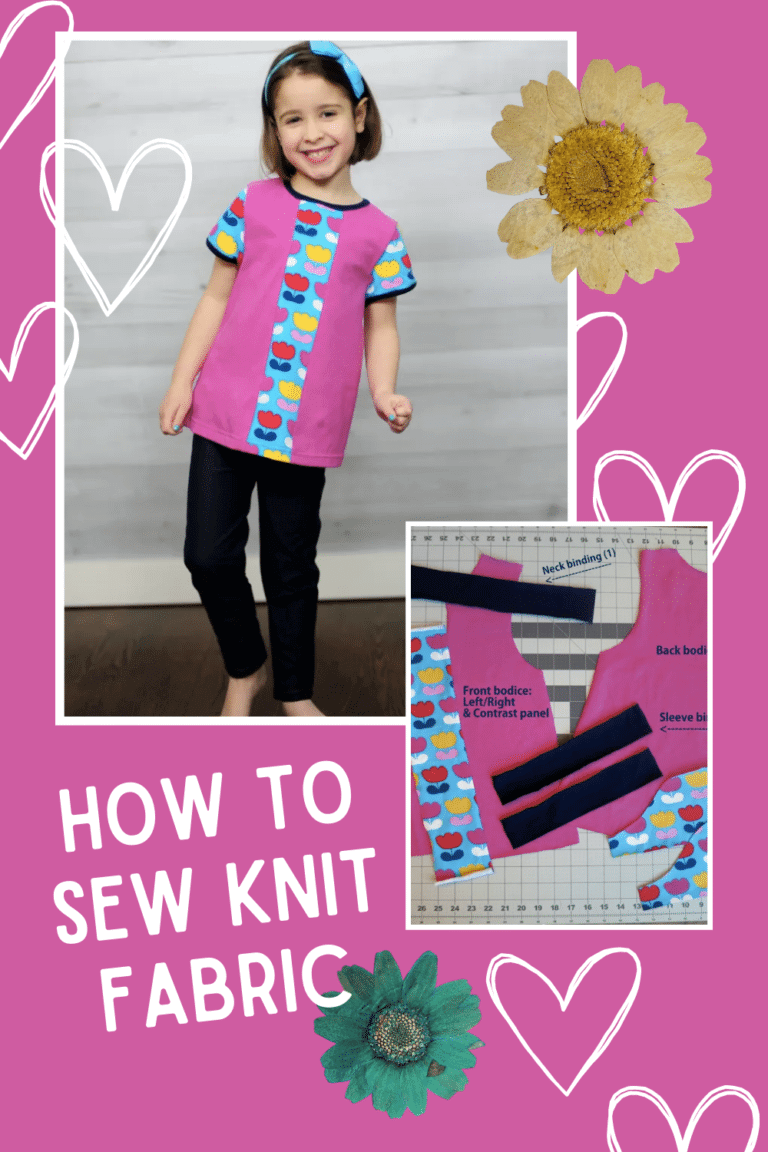 |
 |
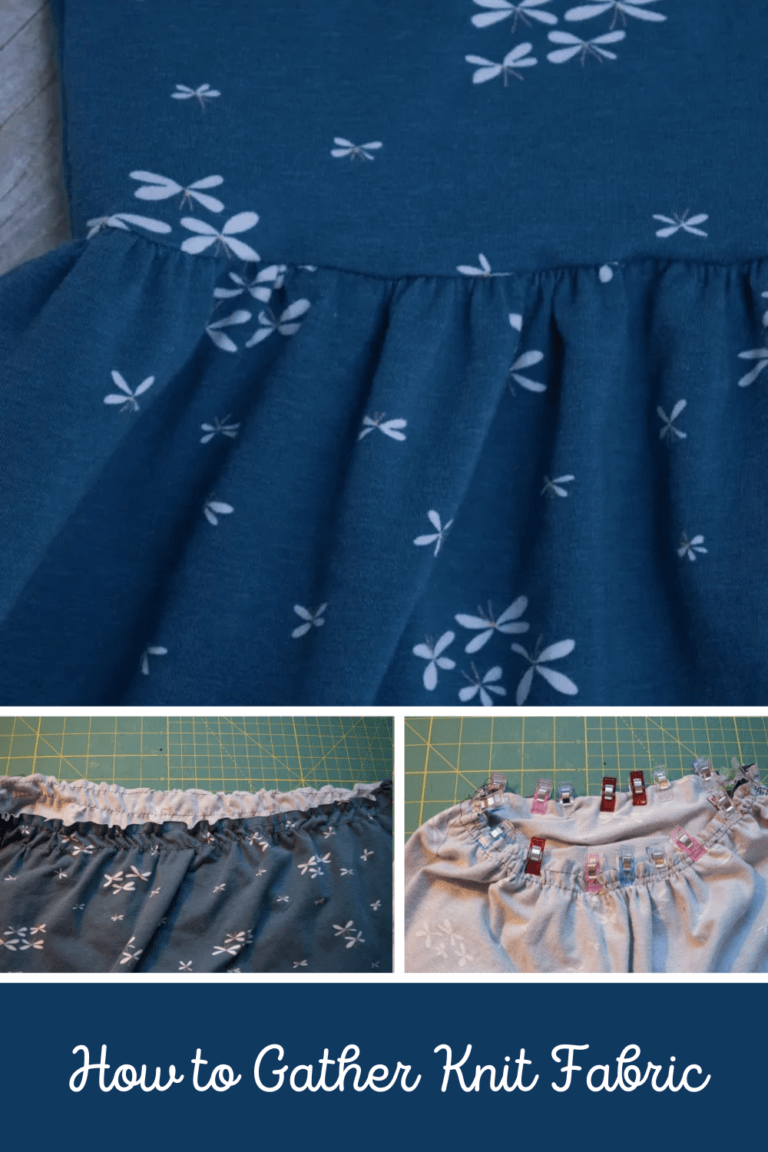 |
Topic 6 | Sewing Machine Basics
Sewing machines are essential tools for anyone interested in figuring out how to sew. They come in a variety of models and types, but all have the same basic components and functions. The main parts of a machine include the needle, bobbin, presser foot, and thread tension control. When using a sewing machine, the needle is responsible for creating stitches by looping the upper thread through the fabric and interlocking it with the lower thread from the bobbin. The presser foot holds the fabric in place while sewing, and the thread tension control regulates how tight or loose the stitches are. Understanding these basic components and how they work together is crucial for successful projects. With practice and knowledge of these sewing machine basics, you'll be able to tackle a wide range of projects with confidence, whether you're using a specific machine for quilting or embroidery.
Getting started using a machine may be a bit new to some of you, but we have some handy resources to help you to get started with your sewing machine. These articles will cover the basic functions and features of a sewing machine, how to thread it correctly, and the different types of stitches that can be achieved with a machine. You can also find a helpful tutorial on our website that will guide you through the process step-by-step.
We’ll also touch on some troubleshooting tips and tricks to help you get the most out of your machine. By the end of this guide, you’ll be ready to start working on your sewing projects with confidence. So let’s learn about the sewing machine:
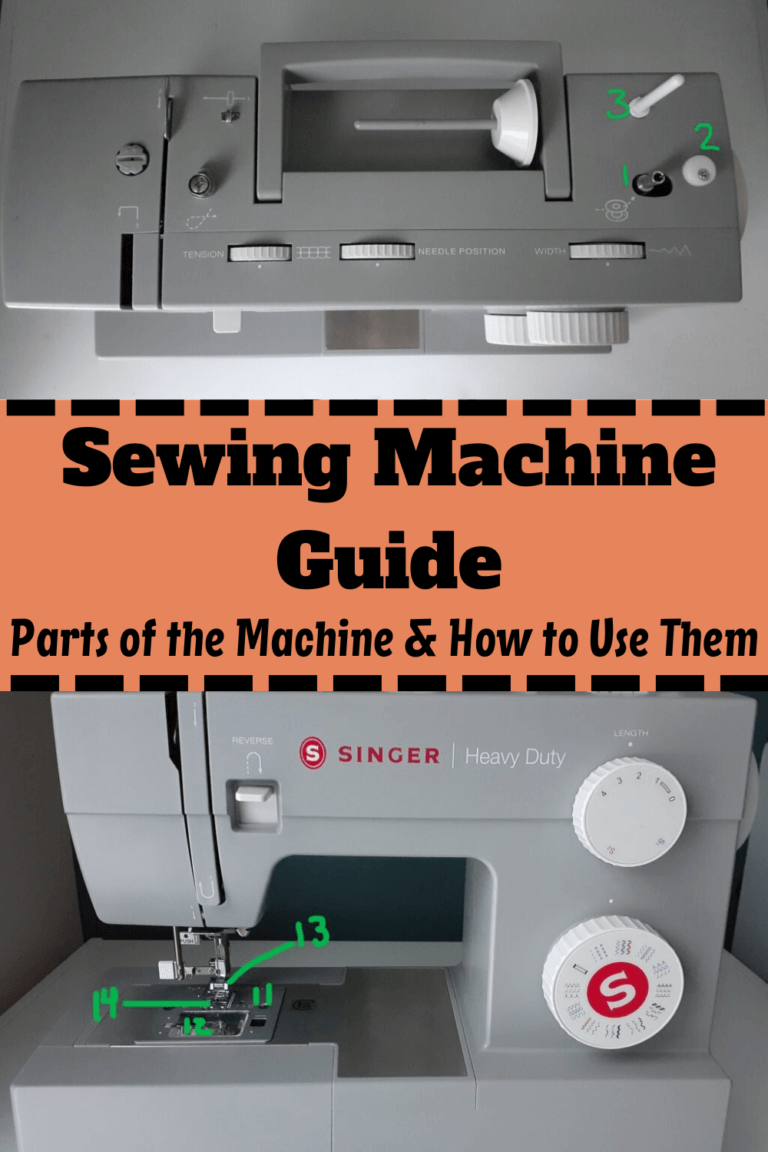 |
 |
 |
Topic 7 | Purchasing a Sewing Machine
When purchasing a sewing machine, there are several factors to consider. First and foremost, you should determine your needs and skill level. Are you a beginner or an experienced seamstress? Do you plan on using the machine for basic repairs or more complex projects? Once you have identified your needs, you can then consider features such as stitch options, speed control, needle threading mechanisms, and automatic functions. It is also important to set a budget and research different brands and models to find one that fits within your price range. Reading customer reviews and seeking recommendations from knowledgeable individuals can also help guide your decision. Ultimately, finding the right machine will depend on finding a balance between functionality, quality, and affordability.
Depending on these factors, we have a wide variety of different articles for you to help you choose the sewing machine that's right for you:
 |
 |
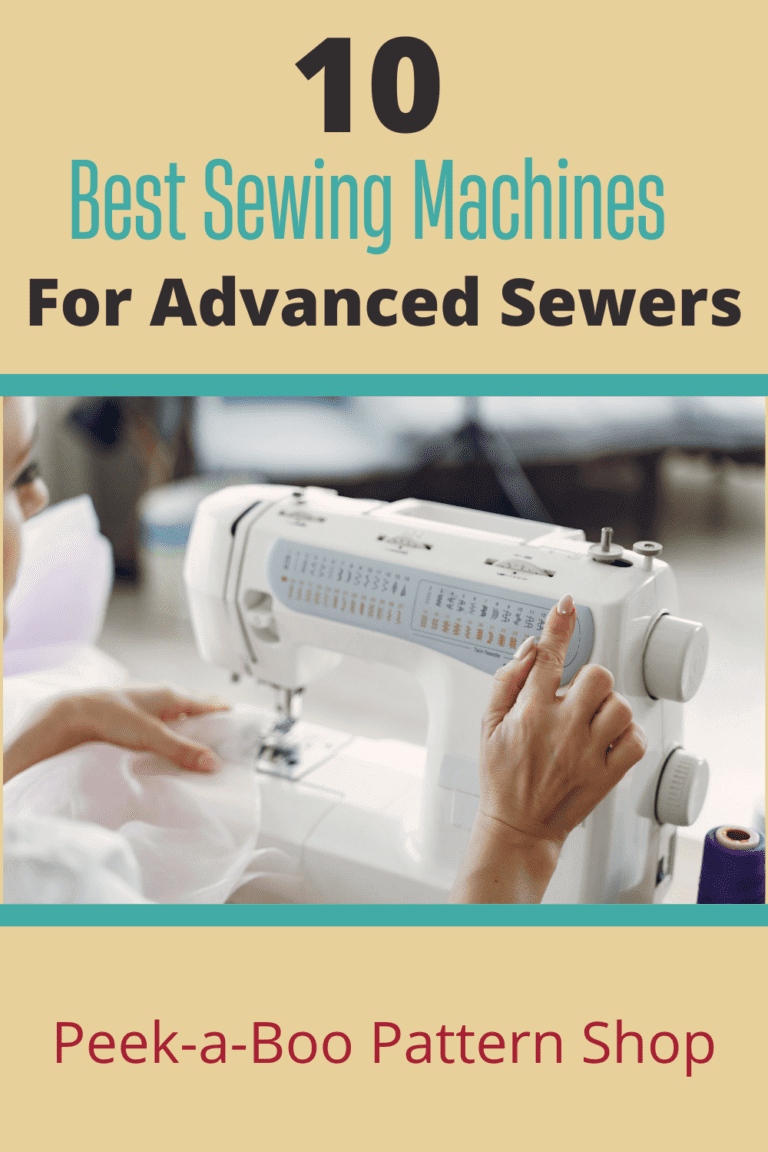 |
Topic 8 | Beginner Sewing Projects
Beginner projects are a great way to get started learning how to sew. These projects are typically simple and easy to follow, making them perfect for those who are new to sewing. Some popular beginner projects include making a tote bag, a pillowcase, or even a basic skirt. These projects allow you to practice essential techniques such as measuring, cutting fabric, and stitching straight lines. They also give you the opportunity to experiment with different fabrics and patterns, helping you develop your own personal style. As you gain confidence and experience, you can gradually move on to more complex projects. So grab your sewing machine and some fabric, and get ready to unleash your creativity!
Let’s get into some projects that are fun and easy for beginners. Whether you’re just learning to thread a needle or ready to take on a more advanced project, we’ve covered you. From projects like making a fabric bookmark or a drawstring bag to something a little more challenging to make a pillow cover or skirt, we’ll provide you with step-by-step instructions, photos, and tips to help you along the way. Our blog and articles have something for everyone. Here are a few favorite articles:
 |
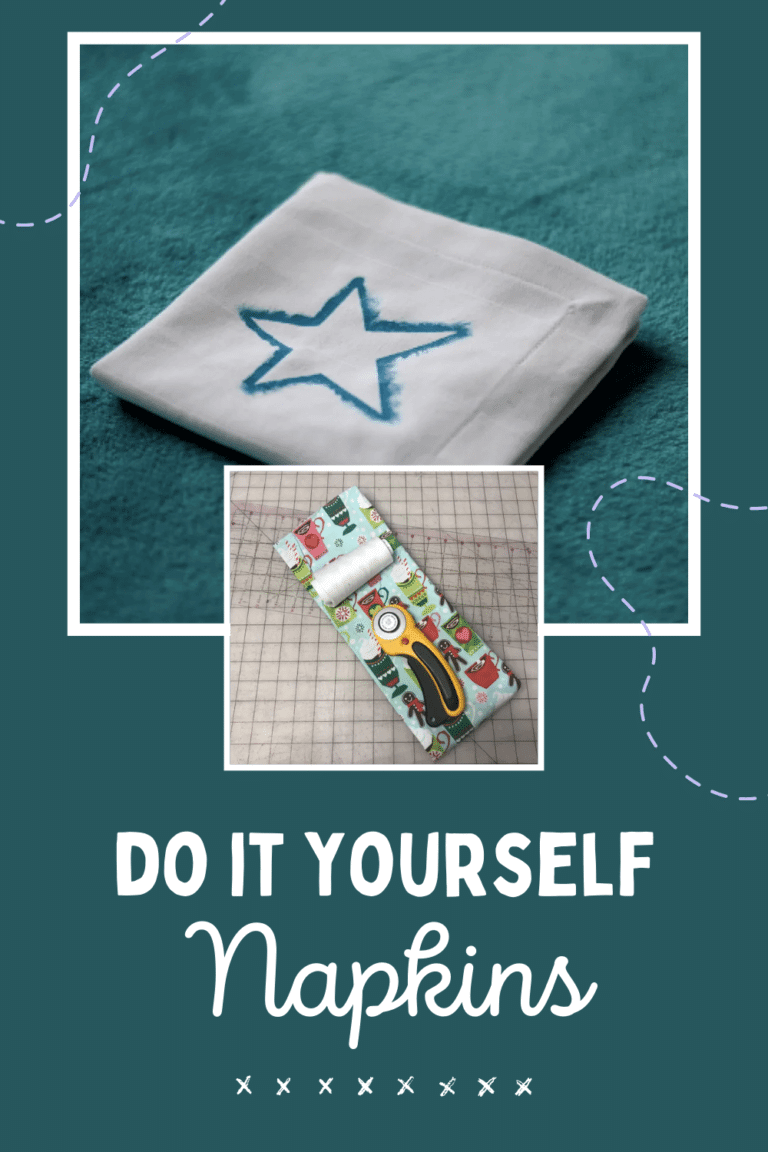 |
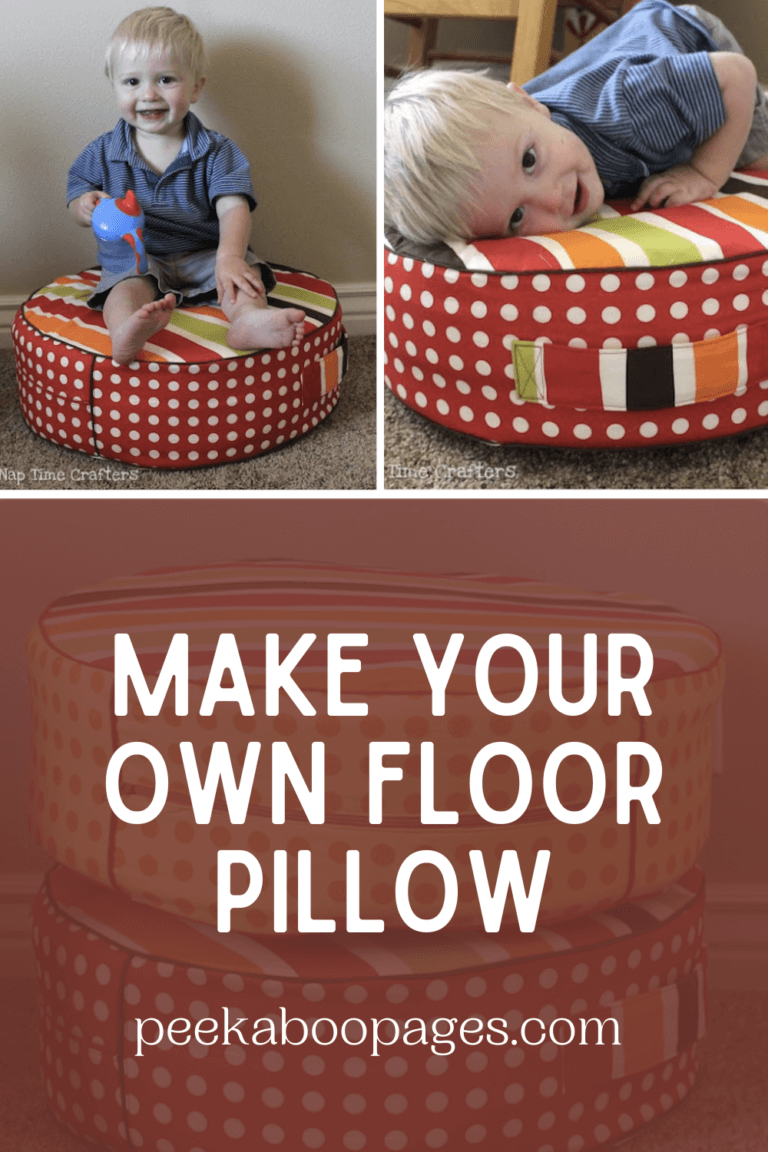 |
Topic 9 | Sewing Clothing
After you get your feet wet with some of the easier projects above, then it’s time to get going on sewing clothing with all our Sewing Patterns. Learning how to sew clothing is a versatile skill that allows individuals to create unique and personalized garments. Whether you are a beginner or an experienced sewist, making your own clothing offers numerous benefits. Firstly, it gives you the freedom to choose fabrics, patterns, and styles that align with your personal taste and body shape. This level of customization ensures a perfect fit and allows you to express your creativity through fashion. Additionally, sewing your own clothes can be cost-effective in the long run, as you have control over the quality of materials used and can make adjustments or repairs as needed. It also promotes sustainability by reducing reliance on fast fashion and minimizing textile waste. Overall, sewing clothing is a fulfilling hobby that empowers individuals to create one-of-a-kind pieces while gaining valuable sewing skills along the way.
As noted above, it can be easy to sew clothing by following the step-by-step instructions in our sewing patterns. You’ll be able to create amazing-looking clothing that you’ll be proud to show off to friends and relatives. We also have a variety of sew-alongs. These are helpful when sewing clothes as you’ll be able to follow along as another sewist goes through the pattern step-by-step. Finally, we have a variety of helpful YouTube Videos to help with a number of our patterns.
Alright - that's where we're going to leave you for today on teaching you how to sew. The first step is just that first stitch - you have to dive in and get started with small projects and then you can keep going to where you'll be an expert in no time. Happy sewing!
